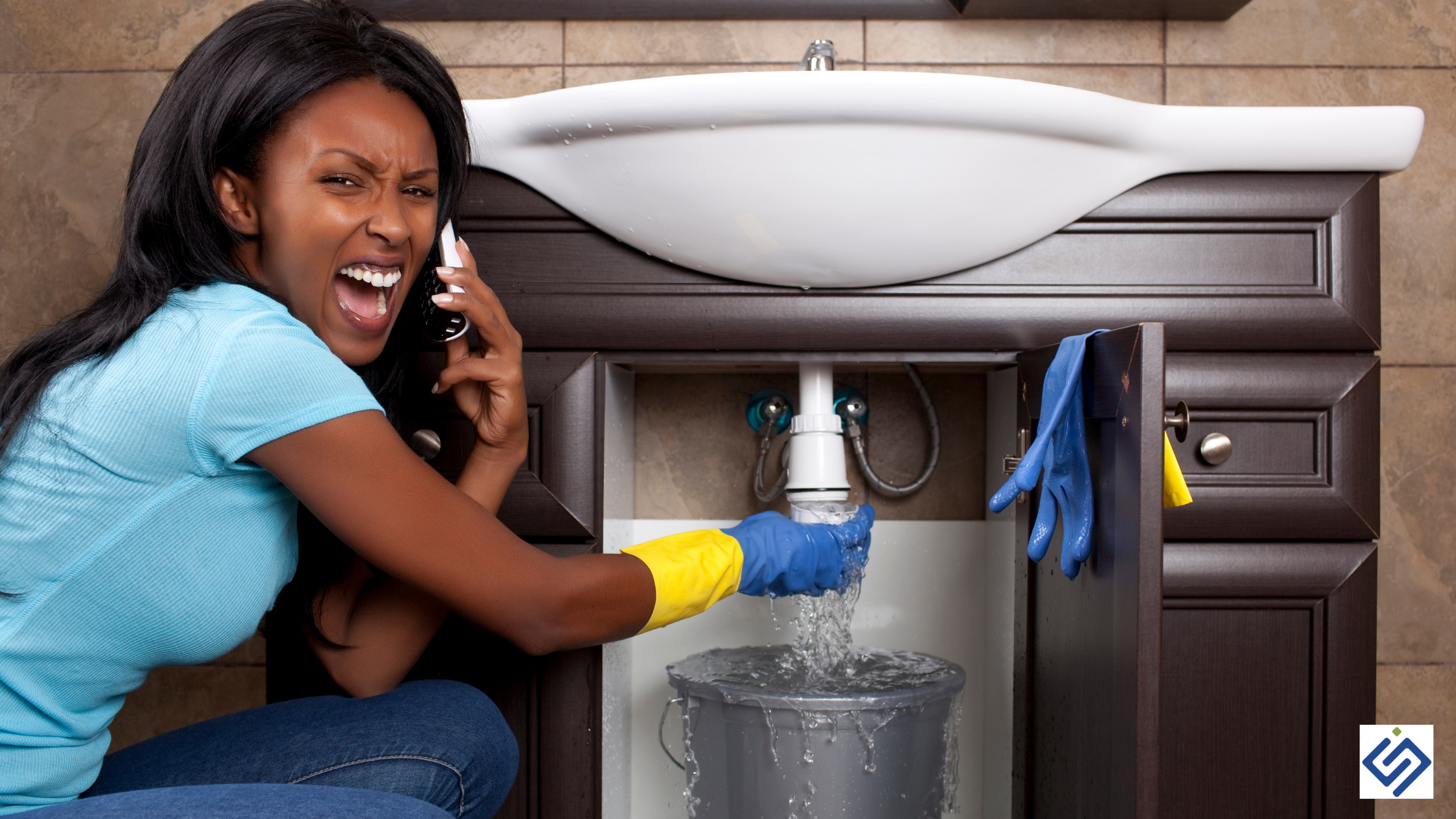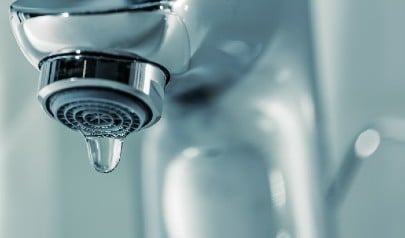How do you feel with regards to Common Causes of Water Damage in a Bathroom?

The restroom is incredibly susceptible for moist accumulation and potential water damages as a result of the constant use of water in it. This post provides simple examination strategies to assist spotting water damage threats.
The regular use of water in the bathroom makes it exceptionally prone for moist buildup and also prospective water damage. By evaluating it on a regular basis, you can decrease water related damages.
The adhering to collection of evaluations is very easy to do and need to be done when in every three months in order to maintain your restroom healthy as well as to prevent possible water damages brought on by the tub, the shower, pipeline joints as well as plumbing, sinks, cabinets, and also the commode
Do not overlook performing these assessments as well as be thorough while executing them. Bear in mind that these straightforward assessments can save you a great deal of money by giving very early indications for water damages
Bathtub and also Shower
The shower and bath tub need unique attention and also maintenance. Examine the tiles and also replace if fractured. Ensure that there is no missing out on grout in between the ceramic tiles. Evaluate as well as change broken caulking at joints where the wall surfaces meet the flooring or the bathtub. Blocked drains pipes and also pipes issues will certainly avoid the tub from drying out and might show major issues under the bathtub. Talk to a professional right away to avoid architectural damage. Focus on stainings or soft areas around the tub wall surfaces as they may suggest an inner leak.
Plumbing
Signs for water damage are tough to detect considering that the majority of pipes are set up inside the wall surfaces.
Pay unique attention to floor covering and also walls wetness as well as discolorations as they may show an unnoticeable plumbing trouble. Examine moisture levels in adjacent areas as well.
Sinks and Cabinets
Sinks as well as closets are revealed to moisture and moisture day-to-day and also are often neglected. Check consistently under the sink and on the countertop over it. Fix any kind of drip in the catch as it might recommend drainpipe troubles. Look around the sink, slow-moving draining pipelines might show an obstructed drainpipe. Change sink seals if they are cracked or loose.
The Toilet
The toilet is a vulnerable water joint. Examine the water lines as well as search for leaks around the toilet seat, in the hose pipe, as well as under the water storage tank. If you discover any type of indications of wetness on the flooring around the bathroom, look for leakages in the toilet edge as well as storage tank seals.
Know that hanging bathroom dish antiperspirants boosts the chances for clogs.
Water Damage Signs In The Bathroom To Avoid Cleanup
Musty smell
This is one of the easiest signs to catch because musty smells are so odorous. The damp, earthy, moldy smell should be a big red flag. The smell will develop when moisture gets trapped in surfaces, and begins to facilitate mold growth. Leaking pipes under cabinets, inside walls, and behind shower fixtures will cause moisture to stay trapped and not dry, which will lead to mold growth and spread. As soon as you notice any musty smells in your bathroom, have it checked for hidden water damage and cleanup signs.
Visible mold
If the smell isn’t there to give it away, sometimes you will actually see mold growth. Finding mold in your bathroom is a serious problem, because mold is very harmful to your health. By the time mold growth is visible, it also means that water damage has already occurred and been present for some time. The only way the mold problem can be resolved is to find the source of the moisture and get it stopped. To safely and adequately remove mold, you need to have professionals handle the remediation. Do not waste any time in getting mold problems addressed, fixed, and sanitized so that you can protect you and your family from the many respiratory symptoms caused by mold exposure.
Damaged floors
Bathroom floors should be able to withstand some exposure to water while still remaining in good condition. However, when excess exposure or water leaks occur, they will begin to damage even the most water-resistant flooring. If you notice any cracking, bubbling, staining, or warping on your bathroom floors, there is probably a water leak somewhere causing the distortion. If you notice areas of the floor have become softer, or even have a spongy feeling, there is probably damage to the subfloor. Subflooring is typically made up of plywood. When plywood is exposed to water or moisture, it will absorb it. Once it has become saturated, the weight of the excess water will cause the wood to swell and soften. Check the floors in your bathroom frequently to catch any of these sings before they lead to damaged subflooring.
Changes on walls
When water leaks behind walls, it will cause changes in the drywall. Peeling plaster, blistering paint, and soggy wallpaper are all good indicators that excess water is building up behind the wall. Water leaking behind drywall will cause it to swell and be soft to the tough. If you start to notice gaps along the trim of your walls, or where tile meets the wall, it could also be a strong indicator that there is a leak behind the wall. Any changes, distortion, or damage on the walls should be evaluated as soon as you notice it to prevent further water damage and cleanup.

As a fervent reader about How to Prevent Bathroom Water Damage, I think sharing that short article was a great idea. Sharing is caring. Helping others is fun. Thank you for your time. Don't forget to come by our blog back soon.
Suggested Site